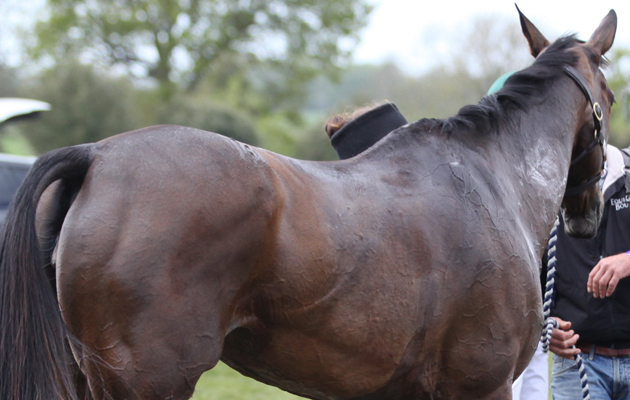Competitions, particularly race meetings and events which include cross-country, are always a major source of equine accidents. Many of these will be wounds but other types of injuries also occur.
Large events will always have a vet in attendance, but at smaller venues you may have to give first aid yourself until a vet arrives.
Sudden lameness
The adrenaline of performance means that horses injuring themselves during a competition often just carry on. Only at the end dothey suddenly realise that it hurts, and go lame.
At this very early stage there may be no swelling or heat to indicate the injured area. A seriously lame horse should never be made to walk or travel home until a vet has seen it.
Possible serious injuries include a damaged tendon or a fracture – these must be recognised before further damage occurs. Prompt treatment and support of the leg can make a big difference to the outcome.
Winded horse
A fall at the end of a cross-country event can leave a horse badly winded. If it does not get up straightaway, then remove the saddle.
Winded horses usually lie flat out and breathe very quickly. Just let them lie still until they’ve had time to recover. Within five minutesthey should be ready to get up.
Helping a horse to rise
Occasionally, it may be necessary to help a horse to rise. On steep ground face him downhill. Pull the front legs right out in front of him (rubber car mats under his hooves willhelp if it is slippery).
One person at the head and one holding the tail to steady and support the hindquarters are usually sufficient.



